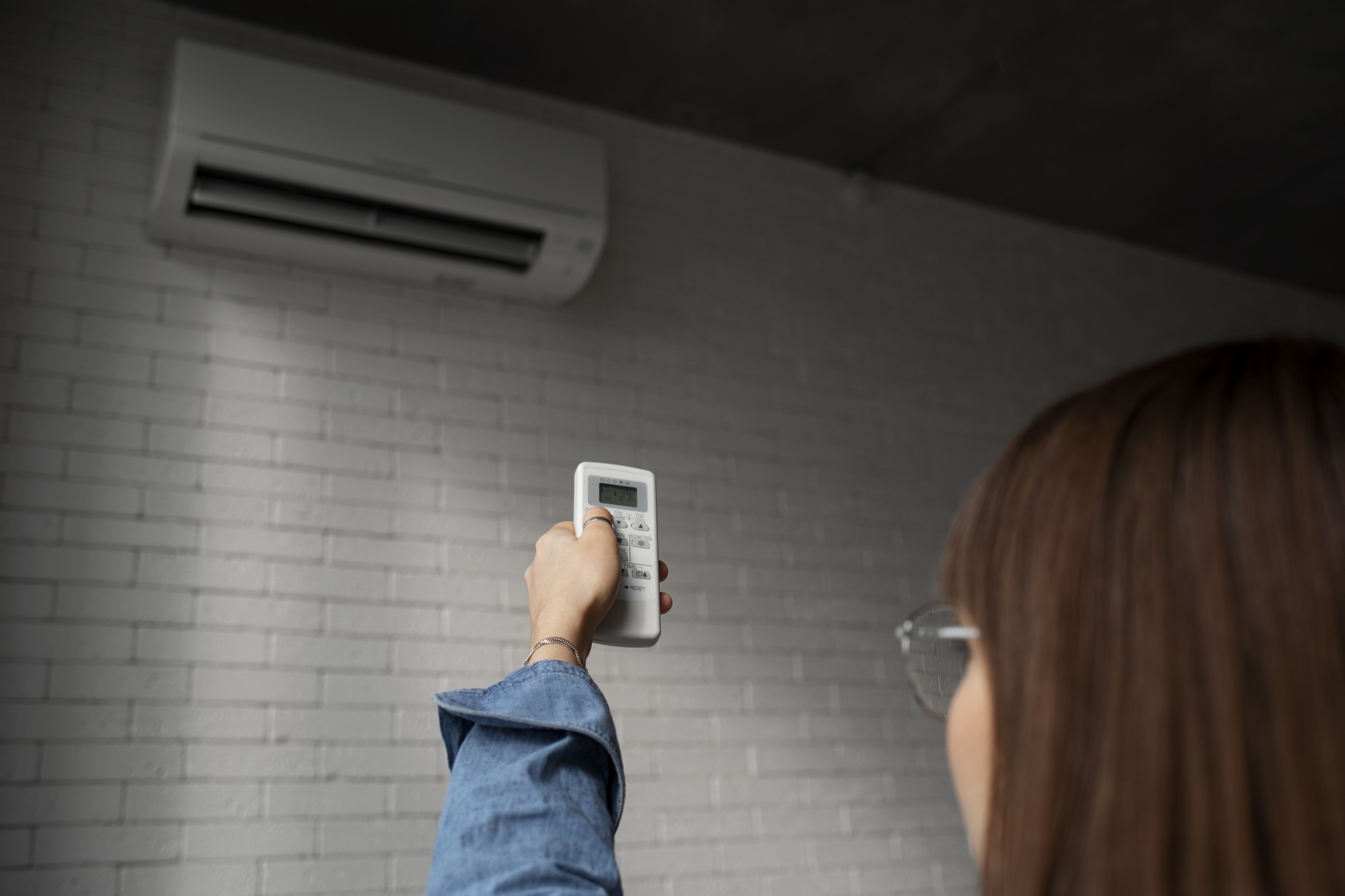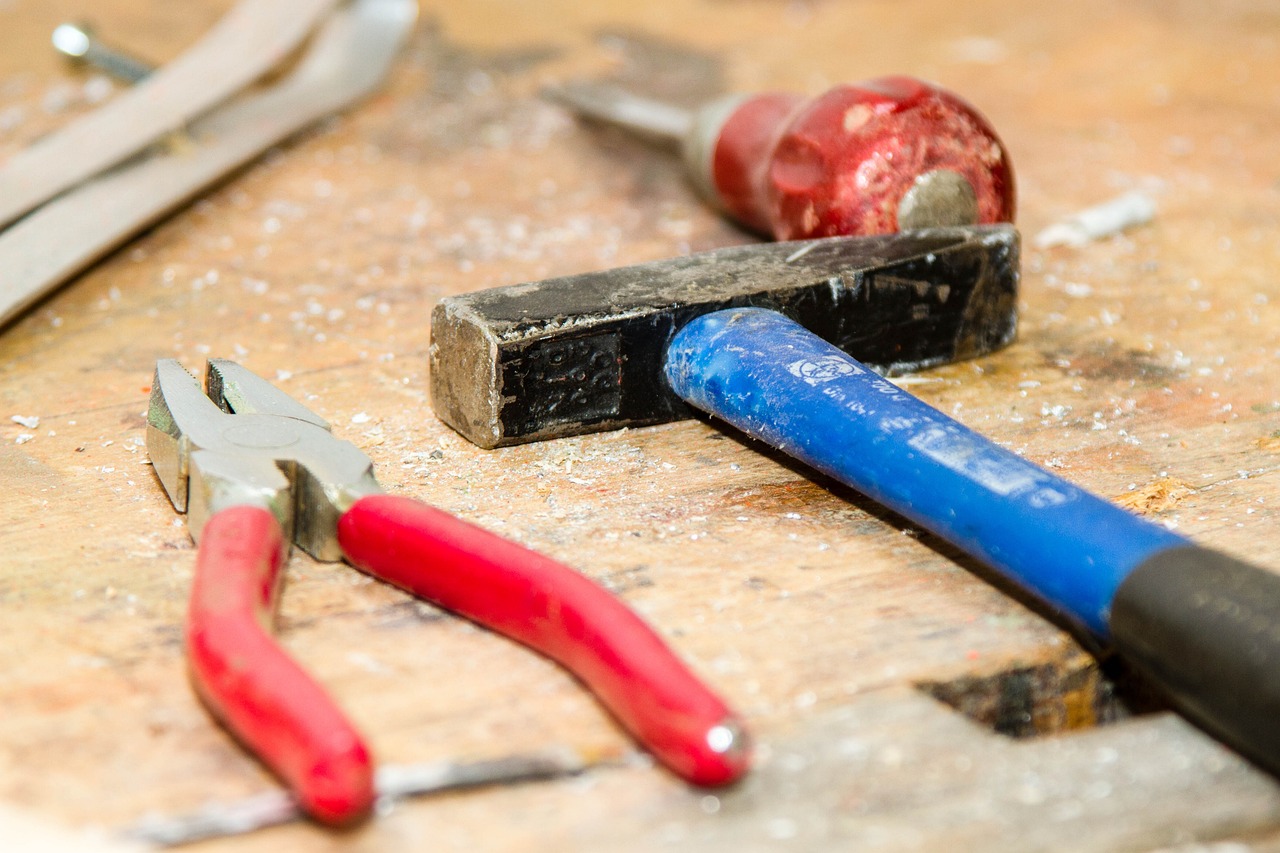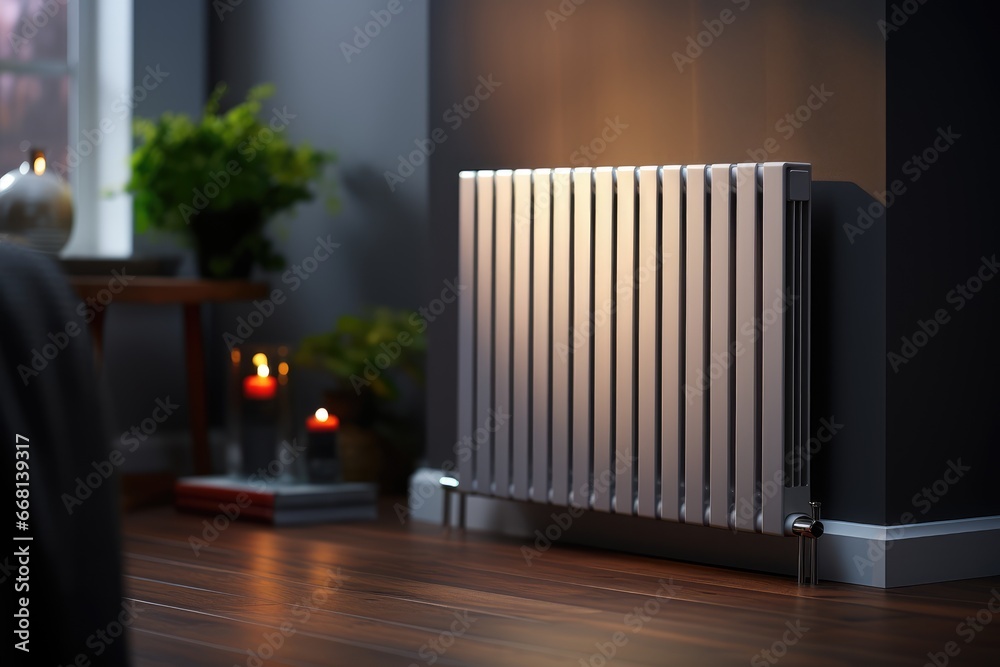Figure out how to clean AC thermostat effectively to guarantee ideal performance and energy savings. One frequently neglected part of AC upkeep is the cleaning of the thermostat. A clean thermostat is fundamental for accurate temperature guidelines, energy proficiency, and the overall performance of your AC unit.
In this article, we’ll dig into the most common way to clean your AC thermostat and why it’s significant.
AC Thermostat
Before answering how to clean AC thermostat, it is very important to understand the function of the thermostat in an AC system. The thermostat is the control center of an air conditioner responsible for regulating the temperature in the home. There are different types of thermostats, including traditional mechanical thermostats and modern programmable or smart thermostats, each with new features and functions.
Signs of Unclean AC Thermostat
A few indicators recommend that your AC thermostat requires cleaning. On the off chance that you notice unpredictable temperature control in certain rooms, it very well may be because of a grimy thermostat. Also, assuming you’re encountering bizarrely high energy bills or, on the other hand, if your AC unit cycles on and off, almost certainly, your thermostat needs attention.
Also read: Green Growth: Mastering Planting Grass Seed in Rainy Conditions
How to Clean AC Thermostat
Before beginning the cleaning system, playing it safe is fundamental. To prevent any electrical mishaps, begin by turning off the power to your air conditioning unit. Additionally, you’ll need a few basic tools, such as a screwdriver, a soft brush, a microfiber cloth, and canned air for delicate cleaning.

Guide on How to Clean AC Thermostat
Turn off the air conditioning unit. Locate the power or electrical switch connected to your air conditioner and flip it off to prevent any electrical malfunctions while the cleaning process is underway.
Remove the thermostat cover: Gently remove the thermostat’s front using a screwdriver. Be delicate and try not to harm any inward parts.
Cleaning the inside parts: Utilize a delicate brush or canned air to tenderly eliminate any residue or trash from the inside of the thermostat. Focus on the temperature sensor, as buildup in this space can influence temperature accuracy.
Cleaning the thermostat cover: Wipe the thermostat cover with a microfiber fabric hosed with water or a gentle cleaning arrangement. Guarantee that the cover is totally dry prior to reassembling it.
Reassembling the thermostat: carefully reattach the thermostat cover, ensuring that all screws are fixed securely. Restore power to your AC unit and test the thermostat to ensure that it’s working accurately.
Tips for Appropriate Upkeep
To keep your AC thermostat clean and working ideally, consider the following upkeep tips:
Lay out a customary cleaning plan: Expect to clean your thermostat something like once per month to forestall dust development.
Use a soft brush or canned air. Make an effort not to use brutal engineered substances or harsh materials, as they can damage delicate pieces of the thermostat.
Proficient Maintenance: If you’re unsure about cleaning your thermostat yourself, consider utilizing a specialist HVAC expert for ordinary support checks.

Normal Missteps to Avoid
While cleaning your AC thermostat, be aware of the following mistakes to guarantee a protected and successful cleaning process:
Utilizing harsh chemicals: Try not to utilize bleach, alkali, or other cruel synthetics that can harm the thermostat’s parts.
Inaccurate treatment of sensitive parts: handle the thermostat cover and inward parts with care to forestall any harm.
Disregarding other AC parts: Recall that the thermostat is only one piece of your AC system. Consistently clean and keep up with different parts, like channels and pipes, for ideal execution.
Advantages of Standard Cleaning
Standard cleaning of your AC thermostat offers a few advantages, including:
Improved energy proficiency: A clean thermostat ensures accurate temperature readings, allowing your AC unit to work even more beneficially.
Drawn-out life expectancy of the AC unit: By holding your AC unit back from overworking, normal cleaning can widen its future and reduce the necessity for costly repairs.
Enhanced indoor air quality: Taking out buildup and trash from your thermostat adds to better indoor air quality, decreasing allergens and pollution in your home.
Conclusion
Cleaning your AC thermostat is a basic yet fundamental errand that can essentially impact the performance and life span of your air conditioning system. By following the means illustrated in this article and focusing on customary upkeep, you can guarantee that your AC thermostat works without a hitch and effectively, keeping your home comfortable all year.
FAQs
How frequently should I clean my AC thermostat?
Intend to clean your AC thermostat no less than once per month to forestall dust development and guarantee accurate temperature readings.
Can I use household cleaning products to clean my thermostat?
It’s ideal to keep away from cruel synthetic substances and abrasive materials while cleaning your thermostat. Stick to delicate cleaning arrangements or plain water to forestall harm to sensitive parts.
What should I do if the thermostat is not working even after cleaning it?
If cleaning your thermostat doesn’t determine the issue, reaching an expert HVAC professional for additional determination and repairs is ideal.
Do I need to switch off the power to my AC unit before cleaning the thermostat?
Indeed, switching off the power to your AC unit before cleaning the thermostat to stay away from any electrical accidents is fundamental.
Is it essential to utilize a specialist for thermostat cleaning?
While cleaning your thermostat is for the most part a direct interaction, if you’re questionable or awkward doing it without anybody’s assistance, it’s fitting to search for an expert to ensure the errand is done accurately.






